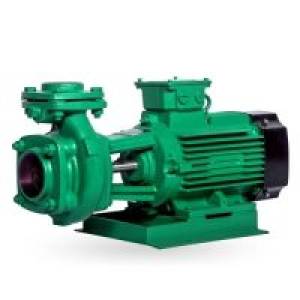
Agriculture, at its core, is the practice of cultivating land and raising livestock to produce food, fiber, and other products. This isn't simply a profession; it's the foundational pillar of human civilization, ensuring food security and supporting countless industries. This description explores the multifaceted nature of modern agriculture, encompassing its various aspects and the constant drive for innovation and sustainability.
Key Aspects of Modern Agriculture:
Challenges and Opportunities:
Conclusion:
Agriculture is a dynamic and evolving sector crucial for human survival and societal well-being. By embracing innovation, sustainability, and responsible practices, we can cultivate a better future for both people and the planet. Investing in research, technology, and sustainable agricultural practices is essential to meet the challenges and opportunities that lie ahead.